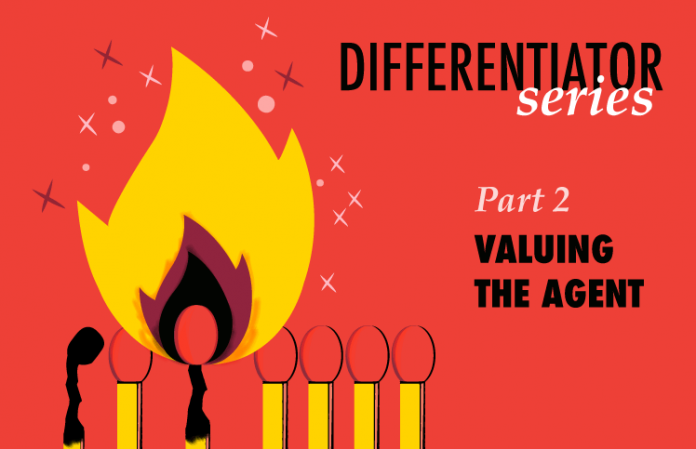
Our people are our most valuable asset.” “Butts in seats.” It is hard to imagine two more diametrically opposed phrases. Spend time in a contact center and you will likely hear one or the other, and it is not unusual to hear both (a thoroughly mind-blowing moment of bewilderment for the listener). In written form, you will only find reference to the importance of people, most commonly in far-reaching mission and value statements. But given that “integrity” found its way into Enron’s core values, we’ve reached a point where only the very soft-brained among us take these documents at full face value.
In Part 1 of our differentiator series, we looked at how to balance our right (creative, people-oriented) and left (data, analysis and process) brains during decision-making. So in this second installment, we are going to focus on the real value that a contact center places on agents. We will bypass those written documents in favor of more concrete examples of an organization’s concern for the people who serve its customers. The evidence of agent valuation is everywhere, and as agents experience it, their level of engagement and satisfaction with the organization becomes set. The remainder of this article identifies these indicators and compares the “valuable asset” approach with the “butts in seats” approach.
Facilities and Technology
A contact center’s facilities and technology are the most tangible, visible signs regarding the value placed on the agent role. Everything from the color on the wall to the condition of the restrooms sends a message. (See Table 1, below.)

HR Policies
HR policies set critical job elements such as compensation and work rules. These speak volumes on paydays and at those times that agents are evaluating the importance they need to place on the job. (See Table 2, below.)

WFM Policies
WFM practices exist at the crossroads of employee needs and organizational requirements. How an organization navigates the delicate balance says a lot about the value placed on agent needs. (See Table 3, below.)

Culture and Management Style
Frontline leaders are the most important link between the organization and its agents. The way they interact sets the tone for each and every team member. (See Table 4, below.)

Value the Person in the Seat
So where do you fall? Most of you probably see evidence of your organization in both columns. What differentiates the best from everyone else is their commitment to avoid anything that delivers the “butts in seats” message. Make no mistake—they realize that proper staffing is critical and they are just as focused on it as everyone else. They just know that the seat is occupied by something much more important than a butt.



